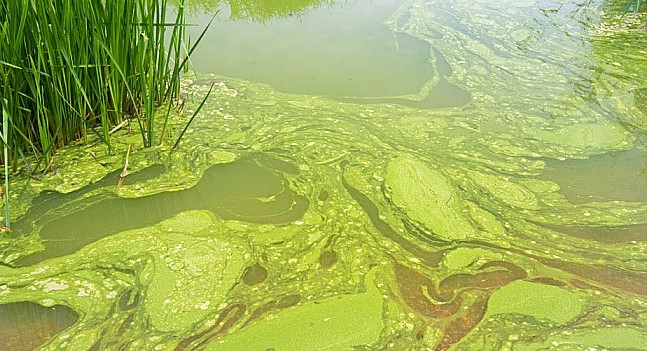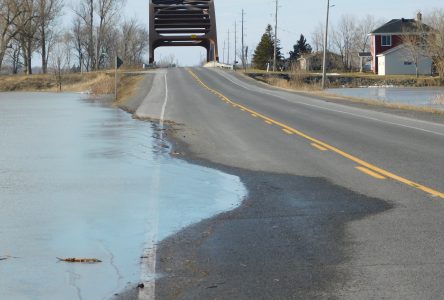The Eastern Ontario Health Unit (EOHU) issued an alert about blooms of blue-green algae in some rivers and lakes in Eastern Ontario. Residents who use surface water as their drinking source or who go swimming in local rivers or lakes should be cautious if there is blue-green algae in the water.
Toxic algae bloom alert from EOHU



